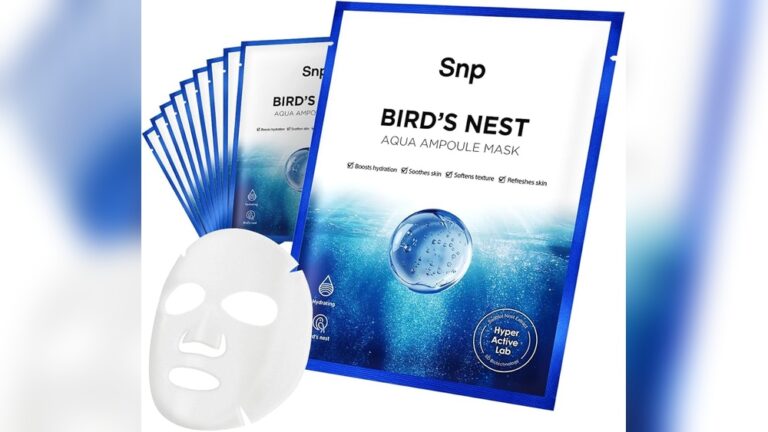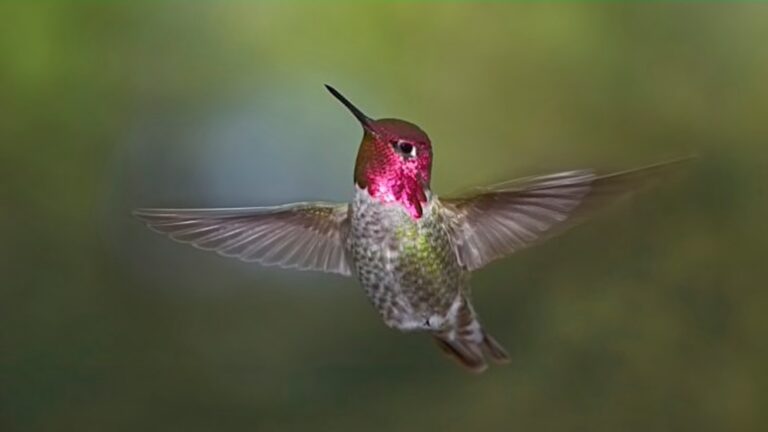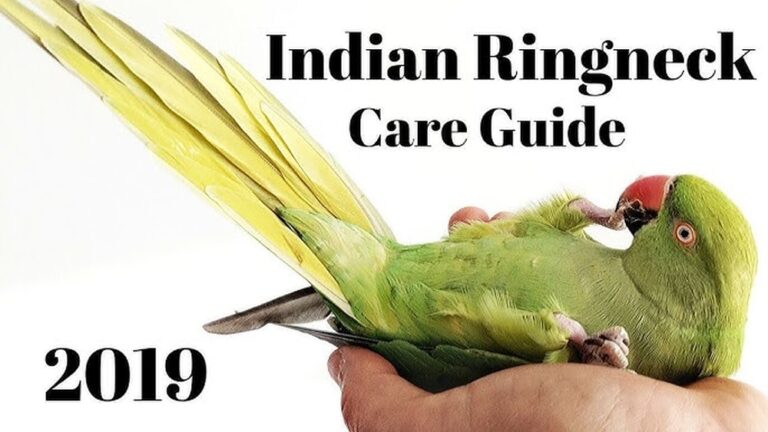Birds Nest Plant Care
If you want a beautiful, easy-to-care-for plant that adds a touch of green to your space, the Birds Nest Plant is a perfect choice. But to keep your plant healthy and thriving, you need to know the right care tips.
Imagine your plant growing lush, with vibrant leaves that brighten your room every day. This guide will show you exactly how to make that happen. Keep reading to discover simple steps that will help your Birds Nest Plant flourish like never before.

Credit: www.youtube.com
Birds Nest Plant Basics
The Birds Nest Plant is a popular choice for indoor gardening. It stands out with its unique leaf shape and easy care needs. This plant adds a touch of green to any room, brightening the space naturally.
Understanding the basics helps keep your Birds Nest Plant healthy and thriving. This section covers its description, common types, and the best places to grow it.
Plant Description
The Birds Nest Plant features long, wavy leaves. These leaves grow from a central rosette, resembling a bird’s nest. Its bright green color adds freshness to homes or offices. This plant prefers indirect light and moderate watering.
Common Varieties
Several varieties of Birds Nest Plant exist. The most common is Asplenium nidus, known for its broad leaves. Other types include the ‘Crispy Wave’ with ruffled edges and the ‘Victoria’ with darker leaves. Each variety has a slightly different leaf shape and size.
Ideal Growing Zones
Birds Nest Plants thrive in warm, humid environments. They grow best in USDA zones 10 to 12. In cooler zones, keep them indoors with stable temperatures. Avoid cold drafts and dry air to protect the plant.
Light Requirements
The Birds Nest Plant needs the right light to grow well. Light affects its leaves and overall health. Providing the best light helps the plant stay green and strong. Too much or too little light can cause problems. Understanding its light needs is key for healthy growth.
Preferred Sunlight
The Birds Nest Plant prefers bright, indirect sunlight. Direct sunlight can burn its leaves. A spot near a window with filtered light works best. It can tolerate low light but grows slower. Avoid dark corners or direct sun rays. Morning light is gentler and ideal.
Indoor Lighting Tips
Place the plant close to a bright window but shield it with a sheer curtain. Rotate the plant every week to ensure even light exposure. Use artificial grow lights if natural light is insufficient. Keep the light on for about 12 hours a day. Avoid placing the plant near cold drafts or heating vents.
Watering Needs
The Birds Nest plant needs careful watering to stay healthy. Too little water makes it dry and weak. Too much water can cause root problems. Understanding the right watering habits helps the plant grow strong and green.
Frequency And Amount
Water the Birds Nest plant once every 1 to 2 weeks. Wait until the top inch of soil feels dry before watering again. Use enough water to moisten the soil but avoid making it soggy. The plant prefers steady moisture, not wet soil.
Signs Of Overwatering
Yellow or soft leaves often mean too much water. The soil may stay wet for days. Roots might start to rot if water collects at the bottom. Watch for a musty smell from the soil. These signs show the plant needs less water.
Soil And Potting
Soil and potting are important for the health of your Birds Nest plant. The right soil keeps roots healthy and helps the plant grow well. Using the proper pot also gives the plant space to spread its roots. Both soil and pot affect how well your plant absorbs water and nutrients. Careful choice in these areas makes your Birds Nest thrive.
Best Soil Types
Choose soil that drains well but holds some moisture. A mix of peat moss, pine bark, and perlite works great. This mix keeps the soil light and airy. It stops water from sitting too long, which can cause root rot. Avoid heavy or clay soils. They hold too much water and harm the plant.
Repotting Guidelines
Repot your Birds Nest every 1-2 years. Pick a pot slightly bigger than the current one. Too large a pot can hold extra water, causing root problems. Use fresh soil when repotting to give new nutrients. Gently remove old soil from the roots. Water the plant well after repotting to help it settle.
Temperature And Humidity
The Birds Nest plant thrives best with the right temperature and humidity. These two factors affect its growth and health. Keeping these conditions steady helps the plant stay vibrant and strong.
Optimal Temperature Range
The ideal temperature for Birds Nest plants is between 65°F and 80°F. Temperatures below 50°F can harm the plant. Avoid placing it near cold drafts or air conditioners. Warm rooms with steady temperatures help the plant grow well.
Maintaining Humidity Levels
Birds Nest plants prefer moderate to high humidity. Aim for 50% to 70% humidity around the plant. Dry air can cause leaf tips to brown and curl. Use a humidifier or place a tray of water nearby to boost moisture. Grouping plants together also raises humidity naturally.
Fertilizing Schedule
Fertilizing is key to keeping your Birds Nest Plant healthy and green. A regular schedule helps the plant grow strong leaves and roots. Feed your plant during its active growing months. Usually, this is from spring to early fall. Avoid fertilizing in winter when growth slows down. Proper feeding supports vibrant foliage and overall plant health.
Types Of Fertilizers
Use balanced, water-soluble fertilizers for best results. A formula like 10-10-10 or 20-20-20 works well. These numbers represent nitrogen, phosphorus, and potassium. These nutrients boost leaf growth, root strength, and overall health.
Organic options like fish emulsion or seaweed extract are gentle and natural. They improve soil quality over time. Choose slow-release pellets for less frequent feeding. These release nutrients gradually for steady growth.
Application Tips
Dilute liquid fertilizer to half strength before applying. This prevents root burn and stress. Feed your Birds Nest Plant every 4 to 6 weeks during growth seasons. Apply fertilizer to moist soil, not dry, for better absorption.
Stop feeding in colder months to avoid overfeeding. Watch for signs like yellow leaves or weak growth. These may mean your plant needs more nutrients or less fertilizer. Adjust your schedule based on your plant’s response.
Pruning And Maintenance
Pruning and maintenance are key to keeping your Birds Nest Plant healthy and attractive. Regular care helps the plant grow strong and prevents it from looking messy. It also encourages new leaves to form, making the plant fuller.
Simple pruning steps can improve air flow and light exposure. This supports the plant’s overall health. Knowing the right way to trim and remove old leaves keeps your Birds Nest Plant vibrant.
Trimming Techniques
Use clean, sharp scissors or pruning shears to trim your plant. Cut stems at a slight angle to help water drain. Trim only the damaged or yellowing leaves to avoid stress. Avoid cutting too close to the main stem to prevent harm. Regular trimming shapes the plant and encourages fresh growth.
Removing Dead Leaves
Dead leaves can attract pests and disease. Remove them by gently pulling or cutting at the base. Check the plant often and clear away any brown or dry leaves. This keeps your plant tidy and healthy. Removing dead leaves helps the plant focus energy on new growth.
Pests And Diseases
Birds Nest plants are hardy but can face problems from pests and diseases. These issues affect their growth and look. Knowing common pests and how to treat diseases helps keep the plant healthy. Early action stops damage and keeps your plant thriving.
Common Issues
Scale insects and mealybugs often attack Birds Nest plants. They suck sap, causing yellow leaves and weak growth. Spider mites also appear, especially in dry conditions. These tiny pests create webs and cause leaf spots. Root rot happens if the soil stays too wet. It makes roots soft and the plant wilts. Leaf spot disease causes brown patches on leaves. Poor air flow and dampness worsen this problem.
Natural Remedies
Soap water spray controls scale and mealybugs. Mix mild dish soap with water and spray on leaves. Repeat every few days until pests disappear. Neem oil is a natural pesticide. It stops pests and prevents fungal infections. Increase air circulation around the plant to reduce leaf spot. Let the soil dry between watering to avoid root rot. Remove infected leaves to stop disease spread. These simple steps keep Birds Nest plants healthy naturally.
Propagation Methods
Propagating Birds Nest Ferns is a rewarding way to grow new plants. These ferns spread naturally in their environment. You can help them multiply by using simple methods. Propagation lets you create more plants from a single one. It also keeps your collection healthy and vibrant. Two popular ways to propagate Birds Nest Ferns are division and spores. Both require care but offer great results.
Division
Division is the easiest way to propagate Birds Nest Ferns. It involves separating the plant’s root ball into smaller parts. Each part must have roots and healthy leaves. Use a clean knife or hands to divide gently. Plant each division in fresh, moist soil. Keep the soil damp but not wet. Place the new plants in indirect light. They will start growing roots and leaves in a few weeks.
Spores
Propagation through spores mimics how ferns reproduce in nature. Spores grow on the underside of mature leaves. Collect spores by scraping them onto paper. Sprinkle the spores on a pot filled with moist, sterile soil. Cover the pot with plastic to keep humidity high. Keep the soil warm and moist. Tiny fern plants will appear in several weeks. This method takes longer but is fascinating to try.

Credit: www.notjustahousewife.net
Troubleshooting Problems
Birds Nest plants are beautiful but may face issues during care. Troubleshooting these problems helps keep the plant healthy and vibrant. Understanding common signs guides you to the right solution quickly.
Yellowing Leaves
Yellow leaves often signal overwatering or poor drainage. Check the soil moisture before watering again. Ensure the pot has holes for water to escape. Sometimes, lack of light causes leaves to yellow. Move the plant to a brighter spot without direct sunlight.
Wilting
Wilting leaves show the plant is stressed. It may need more water, especially in dry air. Touch the soil to see if it feels dry. If dry, water the plant thoroughly. Overwatering can also cause wilting. Ensure the soil is not soggy or compacted.
Slow Growth
Slow growth happens if the plant lacks nutrients or light. Feed it with a balanced fertilizer once a month during spring and summer. Place the plant where it gets bright, indirect light. Avoid cold drafts or sudden temperature changes. These can slow down growth too.
:max_bytes(150000):strip_icc()/birds-nest-fern-GettyImages-892042450-0367a42f96744aa7baf0a1486f8975e9.jpg)
Credit: www.realsimple.com
How Smart Pets Lover Can Help You with Birds Nest Plant Care
Learning Through Care: Making Birds Nest Plant Parenthood a Joyful Journey
Getting to know your Birds Nest Plant beyond the basics—like its light preferences and watering needs—can open up wonderful practical learning opportunities. For instance, observing how your plant responds to changes in temperature and humidity not only sharpens your gardening instincts but also deepens your connection to the living world around you.
As pet parents often discover, caring for any living being involves patience and attentiveness. Just as you would with a furry friend, monitoring your plant for signs of pests or diseases encourages a mindful approach that’s both rewarding and educational. This ongoing experience can enhance your confidence in nurturing life, whether it’s a plant or a pet.
- Track your Birds Nest Plant’s growth to understand its fertilizing schedule better.
- Experiment with pruning techniques to see how your plant responds.
- Use these insights to build a personalized care routine that suits your home environment.
For those moments when questions arise, reaching out to communities or experts who share your passion can be invaluable. At Smart Pets Lover, we believe in fostering these connections—because every leaf and every chirp tells a story worth learning from.
If you want to dive deeper or have specific concerns, feel free to connect with fellow plant and pet enthusiasts through our contact channels. Sharing knowledge is part of the joyful journey of being a thoughtful caregiver.
Frequently Asked Questions
How Often Should I Water A Birds Nest Plant?
Water your Birds Nest Plant once a week. Keep the soil moist but not soggy. Reduce watering in winter to prevent root rot.
What Light Conditions Suit Birds Nest Plant Best?
Birds Nest Plants thrive in bright, indirect light. Avoid direct sunlight as it can scorch the leaves. Low light can slow growth.
How To Fertilize Birds Nest Plant Effectively?
Use a balanced, water-soluble fertilizer monthly during spring and summer. Avoid over-fertilizing to prevent leaf burn. No fertilizer is needed in winter.
Can Birds Nest Plant Survive Indoors?
Yes, Birds Nest Plants adapt well to indoor environments. Maintain moderate humidity and indirect light for healthy growth. Avoid cold drafts and dry air.
Conclusion
Caring for a Birds Nest Plant is simple and rewarding. Keep the soil moist but not wet. Give it bright, indirect light for best growth. Watch for pests and remove dead leaves. This plant adds beauty and freshness to any space.
Regular care helps it stay healthy and strong. Enjoy the unique look of your Birds Nest Plant every day. Small steps make a big difference in plant health. Start your care routine today and see it thrive.







